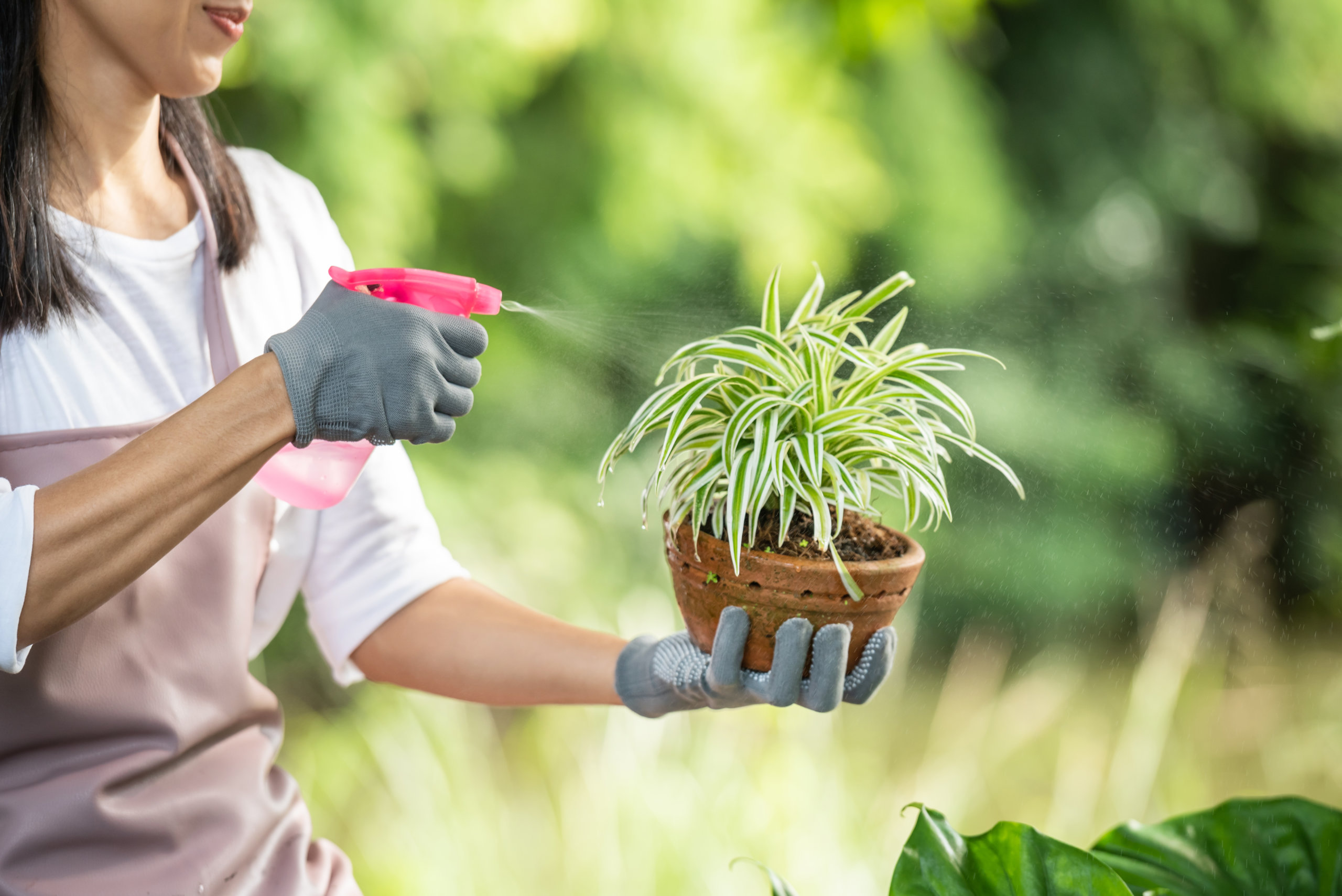Safe Insecticides for Succulents
Succulents are tough plants but can still be bothered by pests like mealybugs, aphids, and spider mites. If you notice sticky leaves, tiny webs, or white fuzz, your plants could have bugs. Using safe insecticides for succulents helps remove pests without hurting your plants or helpful insects nearby.
Many gardeners want to protect their succulents while avoiding harmful chemicals. Options like insecticidal soap, neem oil, and certain systemic insecticides can control pests while staying gentle on your plants. Picking the right product and following directions keeps your succulents healthy and safe.
Key Takeaways
- Succulents can get pests like mealybugs, aphids, and mites.
- Safe insecticides like neem oil and insecticidal soap protect your plants.
- Always follow application tips to keep succulents healthy.
Understanding Common Succulent Pests
Several small bugs and insects can damage your succulents. Knowing what types of pests to look for, and how they affect your plants, will help you keep your collection healthy.
Identifying Key Pests on Succulents

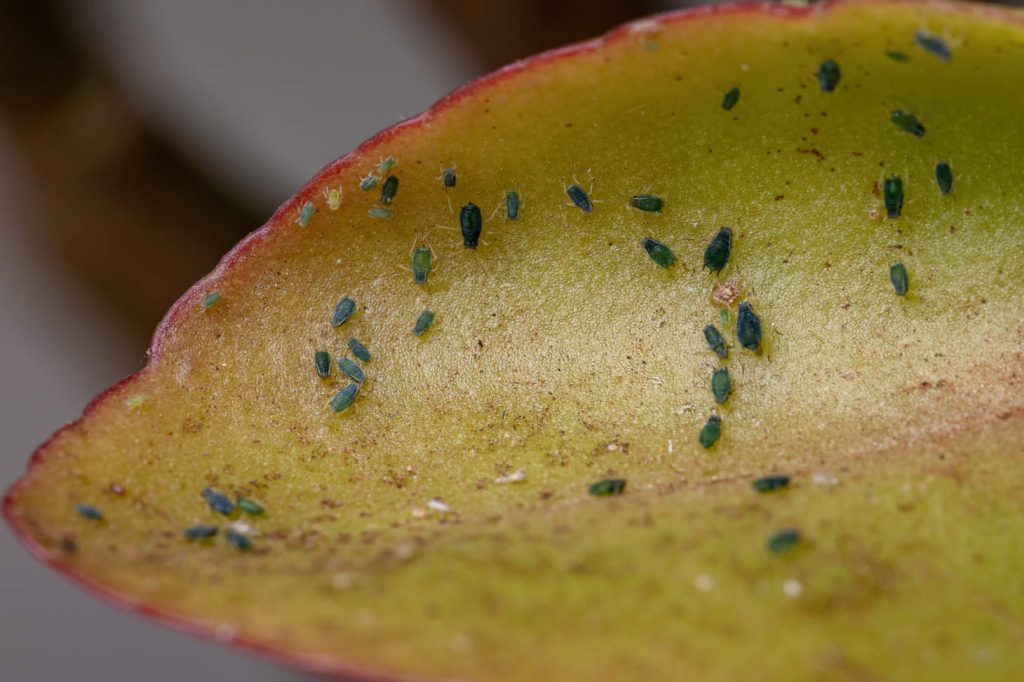
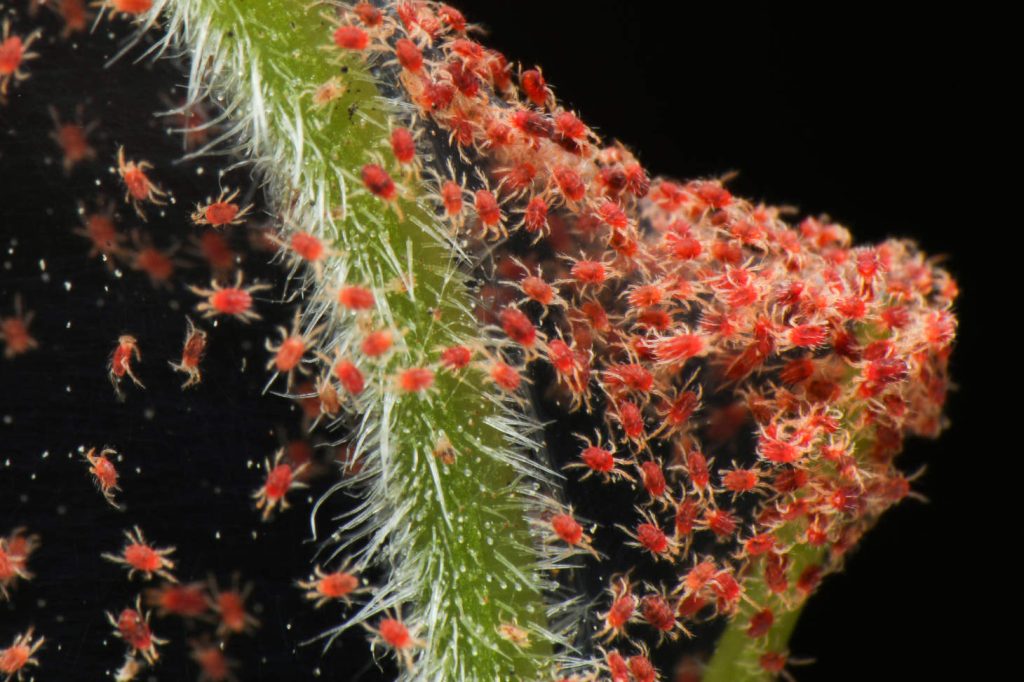
Succulents are often targeted by mealybugs, aphids, and spider mites. These are among the most common pests you will see. Mealybugs look like tiny bits of cotton and settle in leaf joints. Aphids are small, soft-bodied insects, often green or black, that gather on new growth. Spider mites are almost invisible, but their fine webbing is easy to spot.
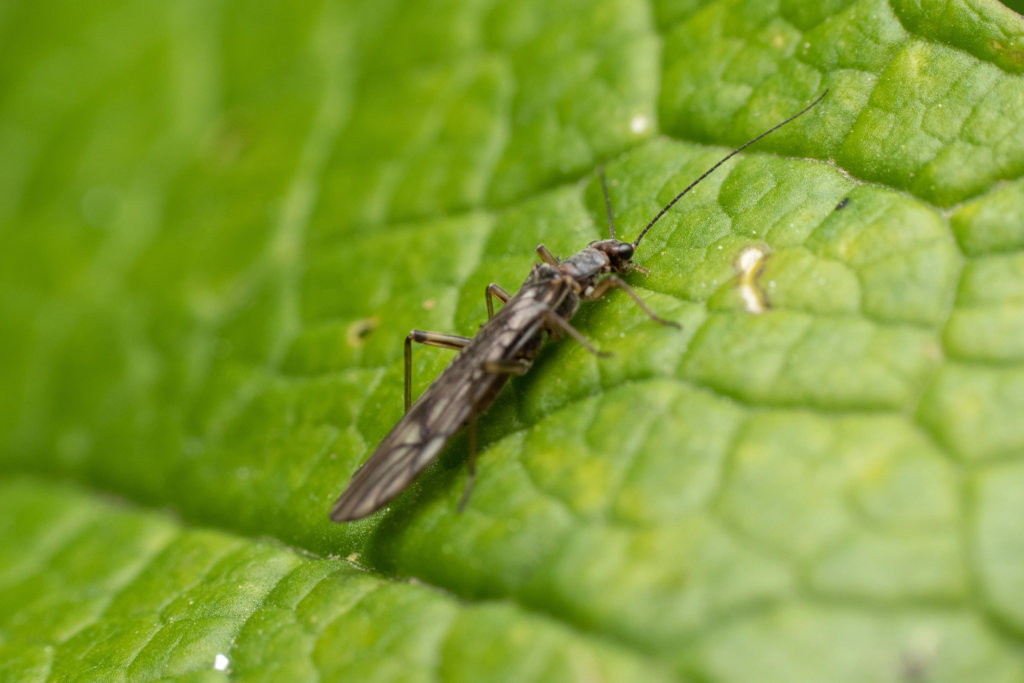
Other pests like scale insects and whiteflies may attach themselves to stems or leaves and can be hard to remove because of their hard shells or quick flying. Thrips are tiny, slender insects that feed on sap and can cause damage to the leaves. Fungus gnats are small flying bugs that breed in wet soil and can damage roots. The aloe mite is another pest that causes lumpy growths called galls, especially on aloe plants. Beetles, caterpillars, and ants are less common but can also be a problem.
Signs of Pest Infestations and Plant Symptoms
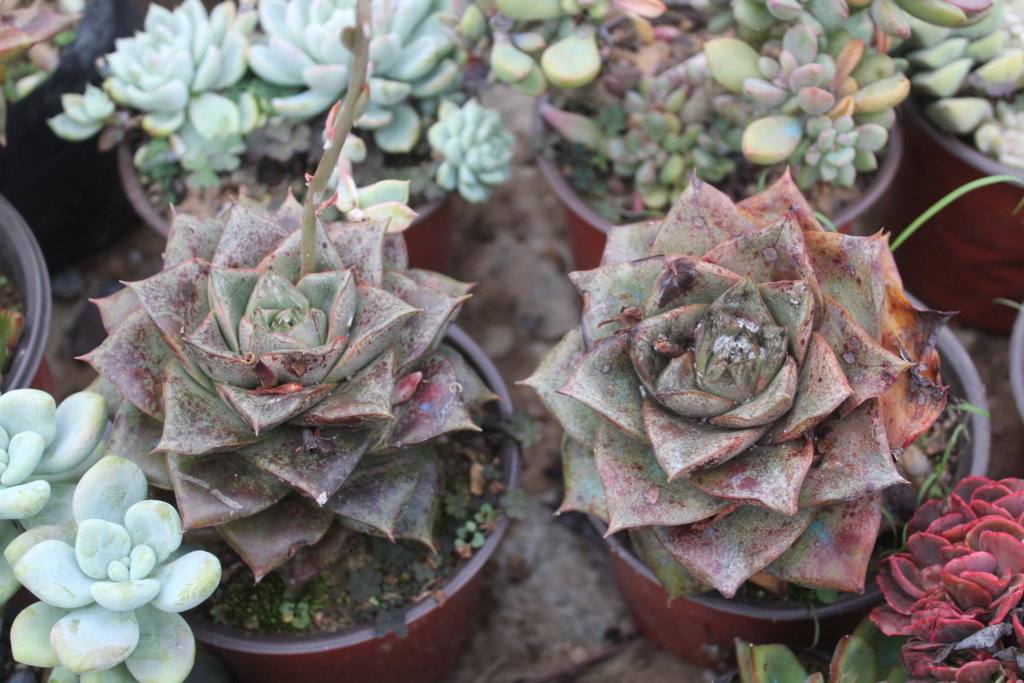
Look for certain symptoms to spot pest infestations early. If you see yellowing leaves or new growth that looks twisted or stunted, your plant may have a pest problem. Mealybug infestations often cause leaves to drop or become sticky. Sticky leaves or dark spots might mean aphids are present. Fine webbing, yellow speckles, and faded leaves often suggest spider mites.
Other warning signs include leaf spot, black sooty mold, or powdery mildew. These issues can grow on the surfaces of leaves after pests feed and leave behind residue. Scale insects can cause yellow, wilted patches, while fungus gnats may result in root damage and weak plants.
Watch for abnormal changes in your succulents, such as stunted growth, brown edges, or warped leaves. Fast action is important to keep infestation from spreading to healthy plants. Checking often helps you spot pests before they do much harm.
Safe Insecticide Options for Succulent Care
You have several choices to protect your succulents from pests. Each option has its own strengths, risks, and best uses, depending on the type of problem you face.
Natural and Organic Pest Control Solutions
Natural methods are often safe for both your succulents and the environment. Neem oil is a popular choice; it disrupts insects’ life cycles and controls pests like mealybugs, spider mites, and aphids. It is usually applied as a diluted spray, so follow label directions for correct mixing.
Insecticidal soap made from potassium salts of fatty acids can be sprayed directly onto soft-bodied pests. Soapy water and ready-to-use sprays also work, but avoid using dish soap alone, since some brands can damage delicate leaves.
Essential oils, such as clove, garlic, or thyme, may help deter certain bugs. You can mix a few drops with water and spray it lightly on the plant, always testing a small area first.
Diatomaceous earth is a fine, powdery substance that kills insects by drying them out. You can sprinkle it over the soil or on plant surfaces, but reapply after watering for long-term results.
Chemical and Systemic Insecticides for Succulents
Chemical insecticides should only be used if natural methods are not effective. Systemic insecticides, such as those containing imidacloprid, are absorbed through the roots and protect the entire plant from sap-sucking pests.
For tougher infestations, products like acephate, dimethoate, and bifenthrin can eliminate both adult insects and their eggs. These chemicals are often found in granular, liquid, or ready-to-use spray forms.
Low dosages may prevent harm to your succulents, but even so, you should stick to the maximum strength listed on the label. Chemical insecticides can harm beneficial insects, such as bees and ladybugs, so avoid using them outdoors during flowering.
Systemics can cause leaf discoloration or other stress if overused. Always wear gloves and keep these products away from children and pets.
Targeted Approaches: Miticides and Fungicides
Mites and fungal problems need specific solutions. Miticides target spider mites and similar pests. Choose a miticide that is safe for succulents and apply directly to the infested areas. Always read the instructions to avoid damaging the plant.
For fungal infections like mildew, use a mild fungicide or a product with natural fungicidal properties, such as neem oil. It’s important to spray the entire plant including the undersides of leaves for complete coverage.
Avoid overwatering your succulents, as damp conditions encourage mildew and fungus. Some fungicides are broad-spectrum, but always check if they’re labeled safe for succulents to prevent burning or other side effects.
Complete coverage is necessary, so apply sprays until leaves are well-coated but not dripping.
Proper Use of Rubbing Alcohol and Isopropyl Alcohol
Rubbing alcohol (isopropyl alcohol) is an effective spot treatment for pests like mealybugs and scale insects. A common method is to use a 70% solution and dab it directly on problem areas with a cotton swab.
For larger infestations, you can mix one part isopropyl alcohol to four parts water and spray the whole plant. Test a small spot first to make sure your succulent does not react badly.
Do not use alcohol sprays under hot sunlight, as this may cause leaf damage. Rinse the plant with plain water about an hour after treatment for added safety.
Isopropyl alcohol works quickly by breaking down the protective coating on pests, but does not leave a residue. Repeat treatments as needed for new outbreaks.
Best Practices for Effective and Safe Pest Control
Safe pest management for succulents means applying insecticides correctly, promoting healthy plant care, and using natural helpers like ladybugs. Focus on protection without harming bees, other beneficial insects, or your garden’s balance.
Application Tips and Avoiding Harm to Pollinators
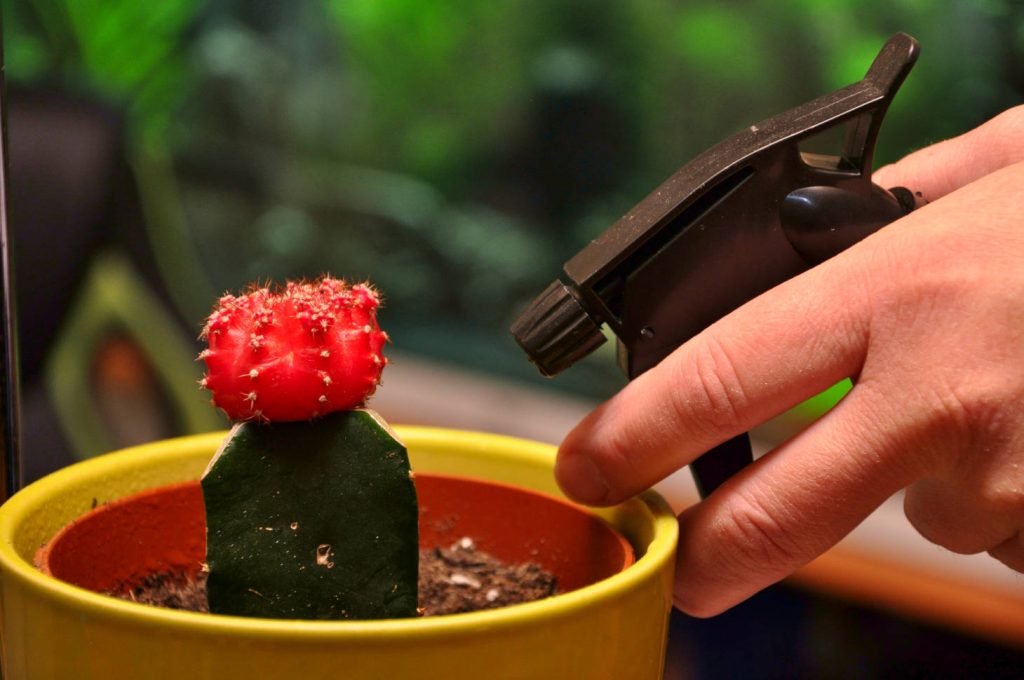
Apply insecticides only where needed. Spot-treat your succulents instead of spraying the whole area. Always read and follow label instructions. Spray early in the morning or late in the evening when bees and other pollinators are less active.
Keep flowers dry if possible, as pollinators often visit blooms. Cover or move flowering plants before spraying to reduce risk. Use soap-based or neem oil sprays indoors to lessen risks for bees.
Make use of a targeted approach:
- Use a small brush to dab insecticide on pests.
- Avoid spraying when it’s windy to limit drift.
- Never overuse products, as this can lead to plant damage and resistance.
Biological Control and Integrated Pest Management
Encourage beneficial insects like ladybugs, lacewings, and praying mantises, which prey on common succulent pests such as aphids and mealybugs. Avoid broad-spectrum insecticides that harm these helpers. Release store-bought ladybugs near infested plants for natural control.
Combine biological control with integrated pest management (IPM):
- Regularly check your plants for pests.
- Remove pests by hand or with a water spray.
- Use insecticidal soap or neem oil only if natural predators are not enough.
Try alternating methods to keep pest numbers down and beneficial insects safe. Use sticky traps or diatomaceous earth for indoor plants, as these do not harm bees.
Maintaining Plant Health to Prevent Pest Issues
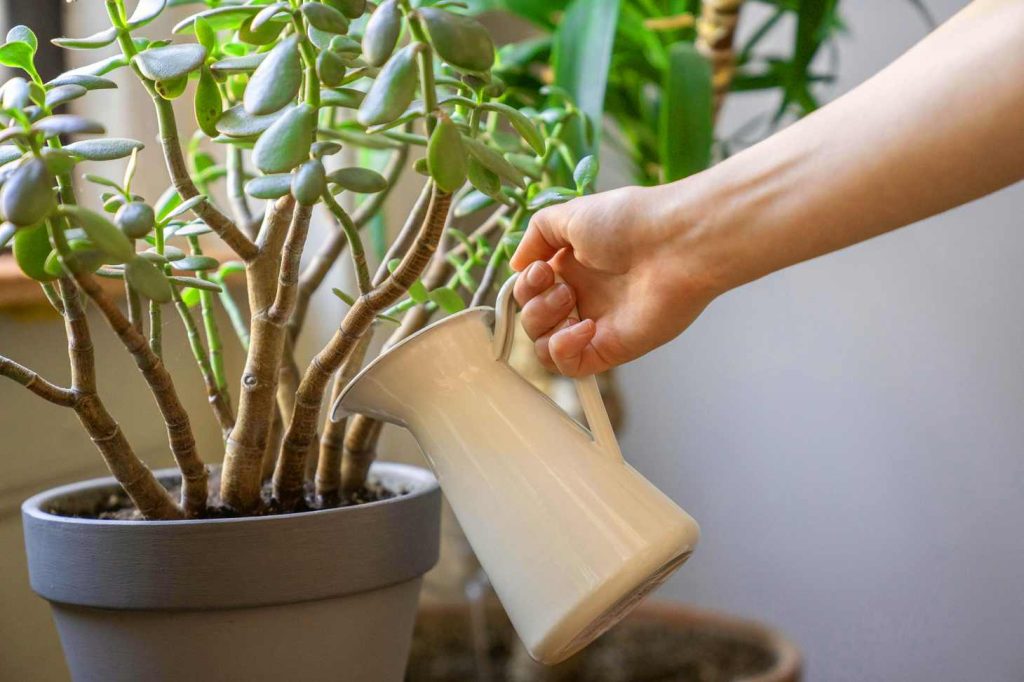
Strong, healthy succulents are less likely to get infested. Avoid overwatering, succulents prefer dry soil and too much moisture invites fungus gnats and rot. Make sure pots have drainage holes.
Prune dead leaves and regularly remove debris. This reduces hiding spots for pests like spider mites or scale. Space your plants so air can move freely between them, lowering humidity and disease risk.
Water your plants early in the day to let leaves dry before nightfall. Healthy, unstressed plants can resist pests better and reduce the need for chemical treatments. If you keep succulents indoors, inspect them often, especially after bringing home new plants. Quarantine newcomers to keep pests out of your collection.

